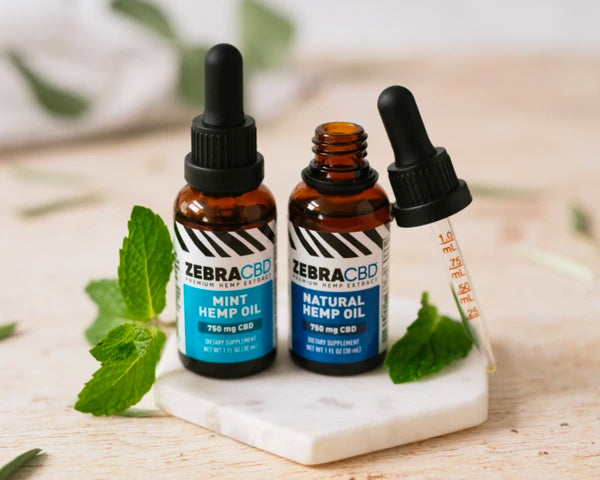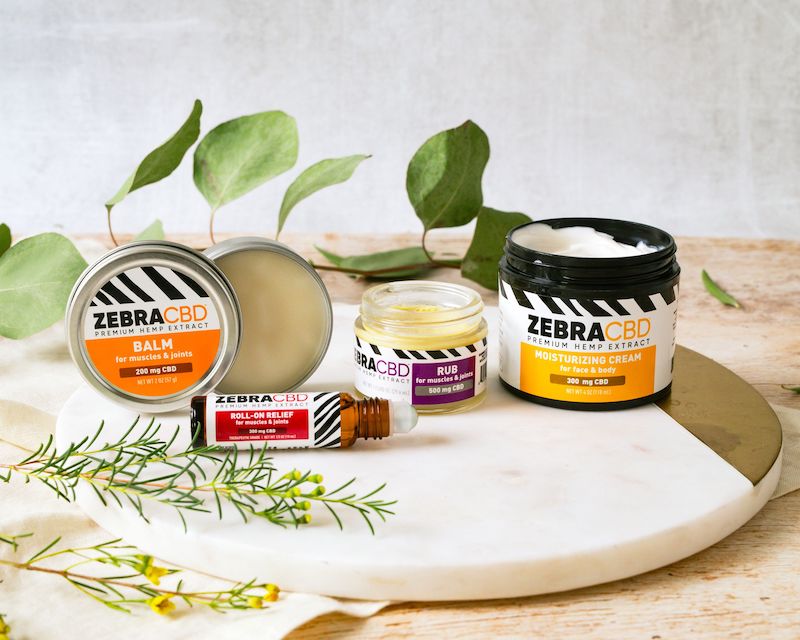
A whopping 50% to 70% of Americans will experience neck discomfort at least once. As many as one-third are affected each year and, at any given time, 10 percent suffer from occassional neck pain, according to a study published by the National Library of Medicine.
There are many causes of neck aches and pain — from a sprain or tear in your muscle tissue caused by a fall or accident, to everyday wear and tear, to bad posture, lack of exercise and genetic weakness that may affect bones and soft tissues in your back and neck.
Following are 12 ways to help prevent and/or ease your neck pain:
- Cervical pillow – Designed to keep the right amount of curvature in your neck while you sleep, this type of pillow decreases pressure on your neck and helps you sleep better by easing discomfort. The key with cervical pillows is to get one that fits just right. If you’re in the market for one, you might want to visit a store to test them out before you purchase.
- Cervical collar– Also called a neck collar or neck brace, a cervical collar will support your neck and limit its motion. However, many professionals discourage the use of cervical collars because of safety concerns (potential breathing obstruction, increased jugular blood pressure), and because long-term use could lead to the weakening and stiffening of your neck muscles. Check with your doctor before investing in one.
- Acupuncture – In China, acupuncture (the insertion of thin needles into your body in various locations) has been used for thousands of years to help with various ailments. The idea is that it unblocks energy, known as “qi” (pronounced “chee,”), which then starts flowing through your body’s meridians (pathways). So, will acupuncture reduce your neck pain? Some reputable website say it may; others are more skeptical. The only way to know whether it will work for you is to try it.
- Physical therapy – A physical therapist can put together an exercise program to stretch and strengthen your neck muscles and reduce stiffness and pain. They can also teach you correct posture.
- Warm and cold packs – Applying cold to muscles reduces swelling. If you’re using ice, keep a towel (or another protective layer) between your neck and the ice to avoid ice burn. There is no hard-and-fast rule as to how often to apply ice, but start minutes, three times a day. Warming up your neck can reduce neck pain. Heat on the skin stimulates blood circulation, which brings nutrients to the inflamed area. Both heat and cold should be applied for no more than 20 minutes at a time. You can also try alternating cold and warm every few hours.
- The Alexander Technique – For over 100 years, the Alexander Technique has been used to correct faulty posture; improve mobility, performance and alertness; and provide relief from chronic stiffness, tension and stress. It teaches you how to move as nature intended. The technique can be helpful to relieve a stiff neck as well as repetitive strain injuries.
- Massage – This relaxing therapy can provide temporary relief from neck pain. For best results, schedule 2-3 one hour sessions per week with a professional masseuse.
- Yoga – A 3,000-year-old Indian practice, yoga is all about conscious breathing, meditation, visualization, building muscle strength, flexibility, compassion and self-control. Certain poses can also help relieve neck discomfort.
- Pilates – Invented by Joseph Pilates in the 1920s, Pilates is a low-impact method that emphasizes proper postural alignment, core strength and muscular balance. Both yoga and Pilates can be effective at reducing body aches and pains; the best practice is the one you enjoy doing more.
- Chiropractic care – If your neck pain has been around for a prolonged period, you might want to visit a chiropractor. Chiropractors treat neck pain with cervical manipulations (commonly called adjustments). These adjustments can loosen up neck vertebrae joints, which can reduce your pain. The goal of the chiropractor is to fix the source of your pain, not just treat its symptoms.
- Neck exercises – Before you do any exercise, it’s a good idea to warm up your neck and upper back muscles by applying a heating pad or a warm towel. There are very simple exercises that don’t take a lot of time to do. For instance, sit in a chair with your feet flat on the floor and then slowly turn your head to the right (avoid stretching too far). Hold that for about 20 seconds and then turn to the left side. Repeat five times. You can find demonstrations of a number of neck exercises by searching on YouTube for “neck pain relief exercise.”
- Take CBD – While it can’t cure the root cause of your neck discomfort, CBD may offer you some relief from achy muscles. Our mentholated CBD Rub is great for temporary relief of muscle soreness in the neck and shoulders, and its aromatic extracts of lavender and rosemary induce relaxation. You will feel the effects in minutes, and relief can last for up to six hours. A great one-two punch is to apply our CBD Rub along with taking an edible CBD product made specifically for muscle support, like Zebra CBD Joint & Muscle Support gummies and tablets. These condition-specific products contain not only CBD but additional natural ingredients like turmeric, Boswellia extract and ginger — all of which may help ease your muscle discomfort.
The simplest medicine for temporary neck pain is to get some rest, reduce your movement and take it easy for a few days. This gives your body a chance to heal naturally. Applying cold/heat and a CBD topical can help make you more comfortable until your body recovers. But if your neck pain persists, try some of the other tips above, and there’s a good chance your neck pain will subside.









